Featured in ARMOR
Risk-Decision Methodology
by Retired Maj. Lance Brender
While teaching the military decision making process (MDMP), I found planners struggle with two unglamorous parts of it: risk management and course of action (COA) selection. And I can see why. Risk management, often relegated to slips, trips, and falls, feels tacked on, and COA selection feels redundant when staffs are remainder of this paper, I will show you what I mean by introducing the risk-decision methodology (R-DM).
read moreFeatured in ARMOR
Driving Efficiency at the Battalion Level
by Lt. Col. Michael D. Hebert and Andrew T. Kilcer
Army leaders have a duty and vested interest in running their organizations efficiently. This article is a compilation of various techniques to drive efficiency within a battalion, organized along Lean’s 8 Wastes categories.
read moreFeatured in ARMOR
Allied Spirit: Lessons Learned While Attached to a Multinational Brigade During Allied Spirit 22
by Maj. Christopher M. Perrone
In January 2022, a US combined arms battalion consisting of one headquarters and headquarters company (HHC), two tank companies, one mechanized infantry company, and one forward support company (FSC) participated in exercise Allied Spirit 22 as part of a larger multinational brigade consisting of approximately 5,000 Soldiers representing eight nations.
read moreFeatured in ARMOR
Strike Swiftly: Developing Sustainable Maintenance Strategy in Combined Arms Battalion
by Lt. Col. Mike Kim, Maj. Nate Bennett, Chief Warrant 3 Jason Amsdell, and 1st Lt. Collette Benavidez
The mission of the combined arms battalion (CAB) is to close with and destroy enemy forces using fire, maneuver, and shock effect or to repel their assault by fire and counterattack (Army Techniques Publication 3-90.5, Combined Arms Battalion).
read moreFeatured in ARMOR
Like Moths to a False Flame: Lethality and Protection Through Deception Operations
by Capt. Paul Dolan
The ongoing war in Ukraine has demonstrated the deadly efficiency of modern battlefield targeting. Rapid sensor-to-shooter integration, enabled by signals intelligence (SIGINT), geospatial intelligence (GEOINT), and unmanned aerial systems (UAS) reconnaissance, has shortened kill chains to the point where detection often leads to immediate engagement.
read moreFeatured in ARMOR
How To: A New Platoon Leader’s Guide to Maintenance
by 1st Lt. Christian Arnette
Imagine you’re a second lieutenant (2LT) in an armored brigade combat team (ABCT) and you’ve just been placed in charge of your first platoon. You’re now responsible for not only a few dozen Soldiers, but also a platoon’s vehicles and ancillary equipment.
read moreProfessional Reading
Heavy Metal: Arguing the Continued Need for Abrams in ActionProfession of Arms
U.S. Constitution
CATS: The Army's Unit Training Strategy
Tactics, Techniques and Procedures for Employing Brigade and Task-Force Engineers
ARMOR Links
U.S. Army Armor School194th Armored Brigade
316th Cavalry Brigade
Donovan Research Library
Armor & Cavalry Museum
Fundamentals of
Reconnaissance & Security
ARMORmail
When we've got updates,
we'll let you know...
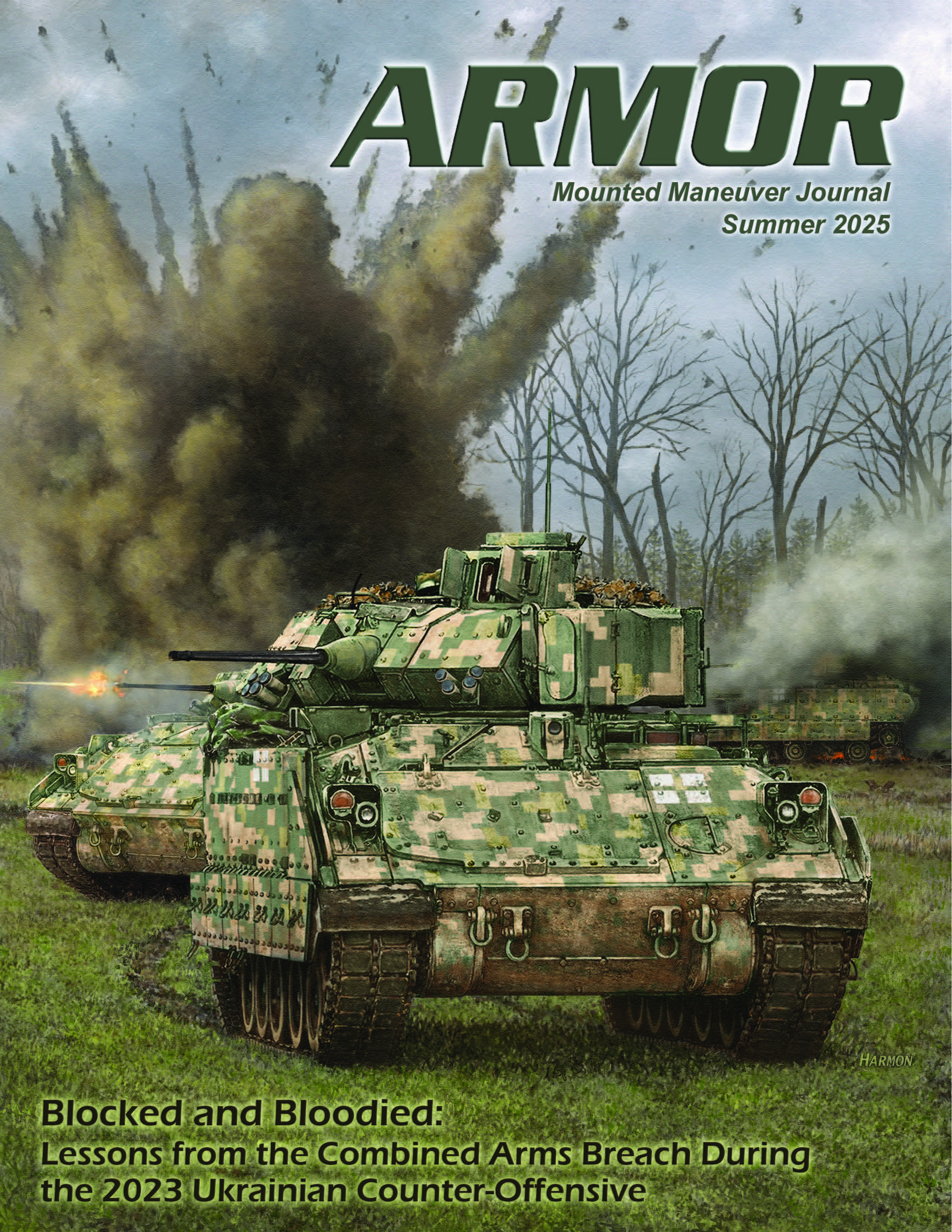
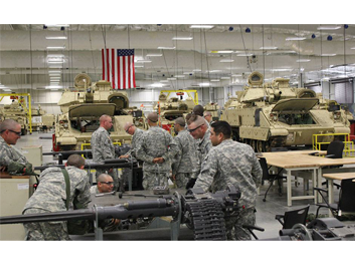
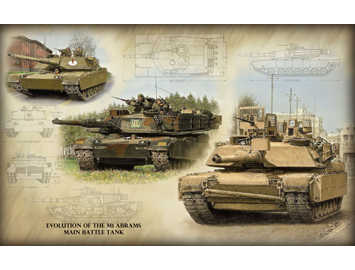

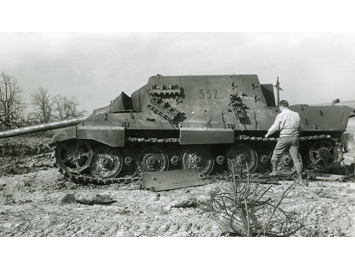
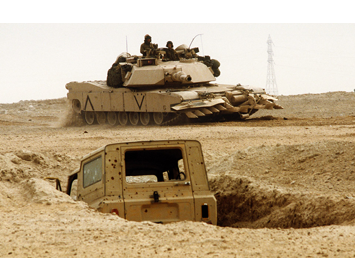
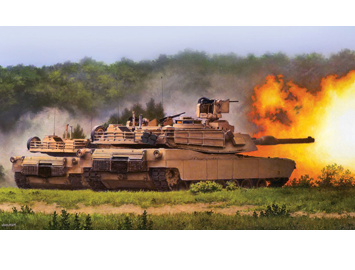
Social Media